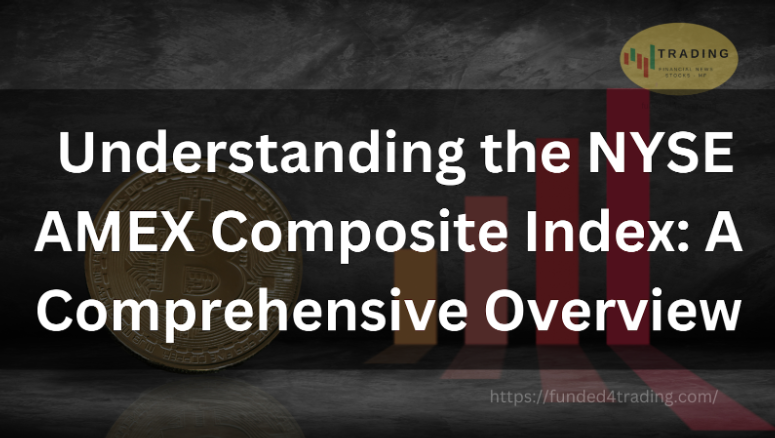Introduction:
In the dynamic world of finance, where markets are ever-evolving and investment opportunities abound, having a thorough understanding of key indices is paramount. One such index that commands attention is the NYSE AMEX Composite Index. In this comprehensive overview, we will delve into the intricacies of this index, shedding light on its significance, composition, and the factors that influence its movements.
Background:
The NYSE AMEX Composite Index, often referred to as the AMEX, is a stock market index that tracks the performance of all the common stocks listed on the NYSE American exchange. Formerly known as the American Stock Exchange (AMEX), this exchange has a rich history dating back to the late 18th century. The AMEX has undergone significant changes over the years, merging with NYSE Euronext in 2008 and ultimately becoming a part of the Intercontinental Exchange (ICE) in 2013.
Composition:
The NYSE AMEX Composite Index is a market-capitalization-weighted index, meaning that larger companies have a more substantial impact on its movements. Unlike some other indices that focus solely on specific sectors or industries, the AMEX Composite Index provides a broader representation of the overall market. It includes companies from various sectors such as healthcare, technology, finance, and more.
To be included in the index, a stock must meet certain criteria, including minimum trading volumes and financial stability. This ensures that the index accurately reflects the performance of actively traded and financially sound companies listed on the NYSE American exchange.
Significance and Performance:
As a broad-market index, the NYSE AMEX Composite Index serves as a barometer for the overall health of the U.S. stock market. Investors and financial professionals use it to gauge the performance of small and mid-sized companies, offering insights into market trends and sentiment beyond the larger, more well-known indices like the S&P 500 or the Dow Jones Industrial Average.
The performance of the AMEX Composite Index is influenced by various factors, including economic indicators, corporate earnings reports, and geopolitical events. Investors closely monitor its movements to make informed decisions about their portfolios and to gain a comprehensive view of market dynamics.
Key Factors Influencing the NYSE AMEX Composite Index:
1. Economic Indicators:
Economic indicators such as GDP growth, unemployment rates, and inflation can significantly impact the performance of the AMEX Composite Index. Positive economic data tends to drive the index higher, reflecting optimism about the overall business environment.
2. Corporate Earnings:
The financial health and performance of the companies listed on the NYSE American exchange play a crucial role in determining the index’s direction. Strong corporate earnings often lead to increased stock prices, contributing to the index’s upward momentum.
3. Global Events:
Geopolitical events, trade tensions, and global economic conditions can have ripple effects on the NYSE AMEX Composite Index. Investors closely watch these events for potential risks and opportunities that may affect the broader market.
Conclusion:
In conclusion, the NYSE AMEX Composite Index is a vital tool for investors seeking a comprehensive view of the U.S. stock market. Its broad composition and diverse range of listed companies make it a valuable indicator of market trends and sentiment. As investors navigate the complexities of the financial landscape, a thorough understanding of indices like the AMEX Composite can be instrumental in making well-informed investment decisions.
In the ever-changing world of finance, staying informed and adapting to market dynamics is key. The NYSE AMEX Composite Index provides a window into the broader market, offering investors valuable insights that can guide them on their financial journey. Whether you are a seasoned investor or someone just starting, keeping an eye on this index can be a strategic move in navigating the complexities of the stock market.

